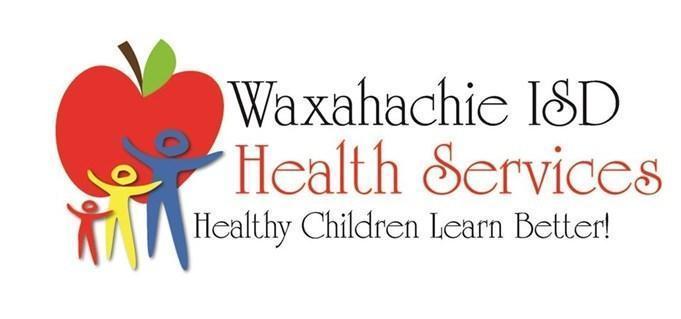Health & Wellness
Page Navigation
Head Lice (Pediculosis) Guidelines
-
 Waxahachie ISD follows recommendations from the American Academy of Pediatrics (AAP), the Centers for Disease Control and Prevention (CDC), the National Association of School Nurses (NASN) and the Texas Department of State Health Services (TDSHS) in the management of head lice in the school setting.
Waxahachie ISD follows recommendations from the American Academy of Pediatrics (AAP), the Centers for Disease Control and Prevention (CDC), the National Association of School Nurses (NASN) and the Texas Department of State Health Services (TDSHS) in the management of head lice in the school setting.
Head lice are a common nuisance among school-aged children and their families. This infestation can affect anyone, regardless of hygiene practices or socio-economic status. Lice do not discriminate. It is spread by direct, prolonged head-to-head contact or (rarely) contact with a surface where a live louse is present. Lice are anatomically unable to jump, hop, or fly. Head lice do not transmit disease, nor is infestation considered a medical condition. The most common symptom of head lice is itching. However, it may take up to 4 to 6 weeks after lice infestation for itching to begin.The most effective way to deal with head lice is to check your child’s head regularly. This is the best way to spot head lice or their eggs (nits) before they have time to multiply. Visit the Healthy Children website for valuable information about head lice for parents provided by the American Academy of Pediatrics.
Exclusion and Readmission
Students found to be symptomatic of lice infestation will be assessed by the school nurse/clinic personnel. For students found to have evidence of live lice infestation:- The student will be excluded at the end of the school day. Students must be free of live lice before readmission.
- School nurse/clinic personnel will check students excluded for live lice upon return to school to determine if effective treatment has been administered.
- Instructions for the treatment of head lice are available from the school nurse. Campus nurses also have resources to assist parents and guardians with head lice management and information.

